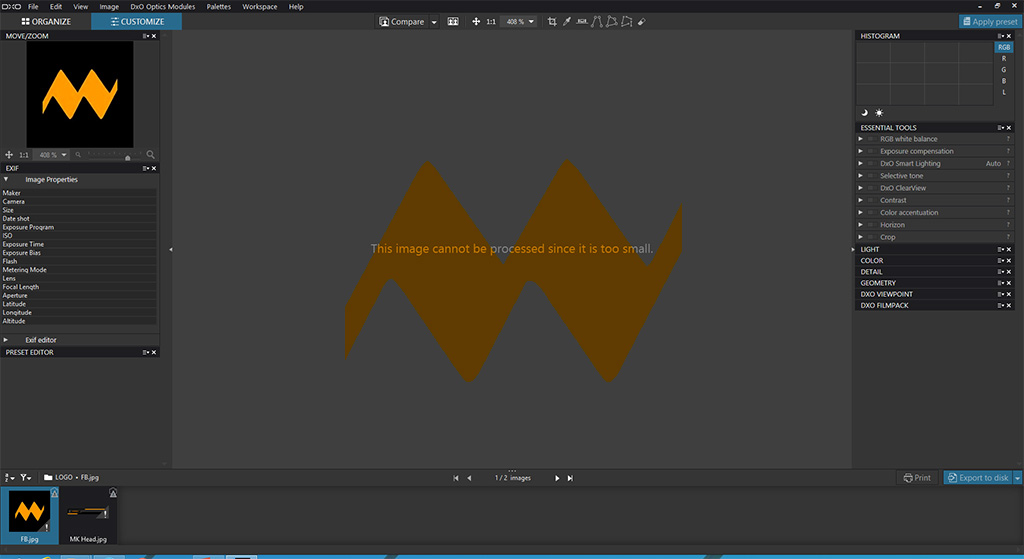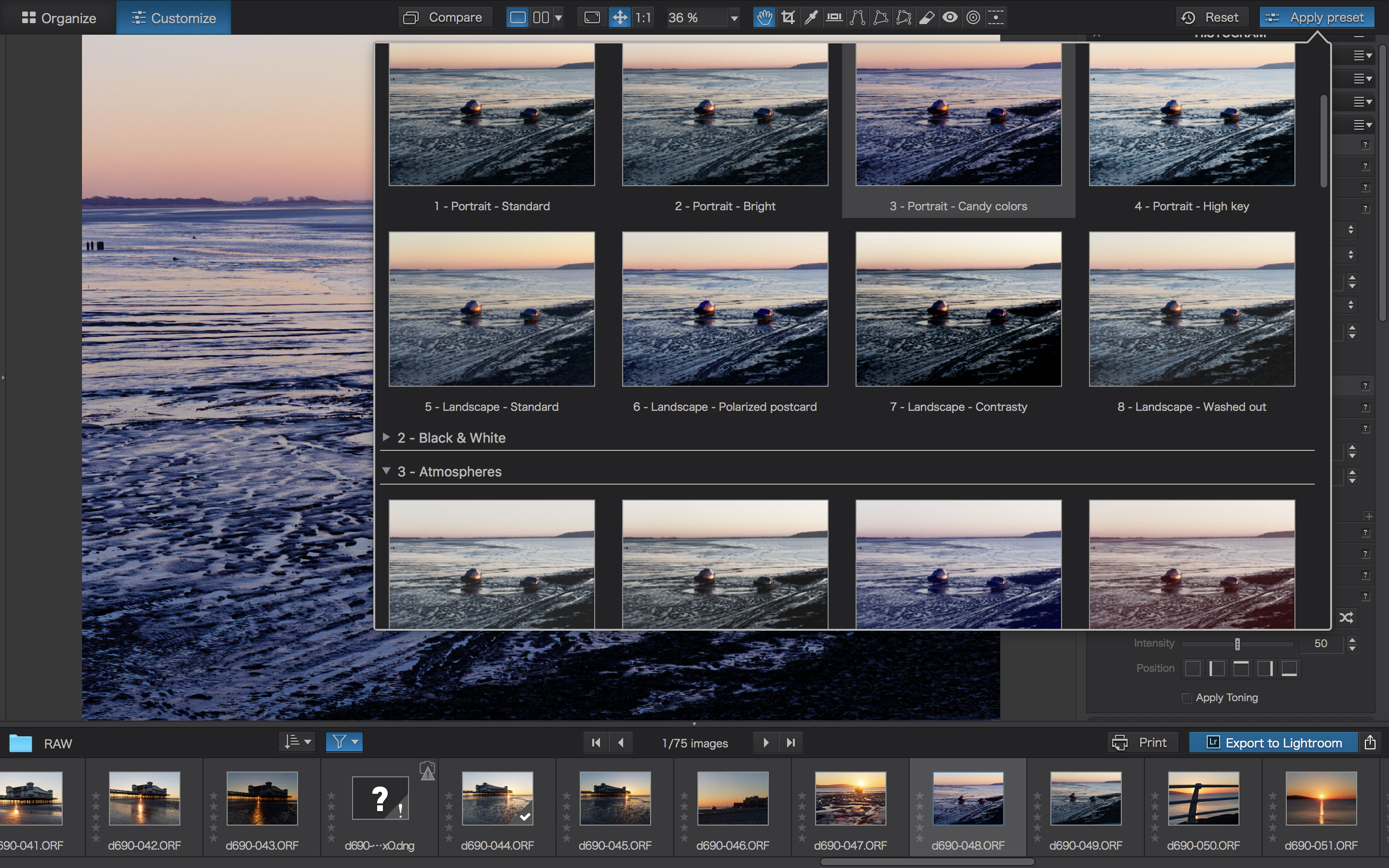

Now let’s apply the exact same adjustments in CS6 that we did to the first custom preset. This preset was created with the following settings: Highlights -20, Shadows +5, ClearView 30, Microcontrast 5, PRIME noise reduction, Global lens softness 1.20, and Detail lens softness 70. DxO OpticsPro 11 custom preset with ClearView

I’ve prepared another sample custom preset along these lines by adding ClearView. Of course some folks may like to give their images a bit of a surreal look with very aggressive adjustments in post. DxO OpticsPro 11 custom preset no ClearView, + CS6 + Nik Now let’s add some small adjustments in Nik including polarization, contrast and structure. The CS6 settings used were Contrast +10, Highlights -100, Shadows +30, and Clarity +15. DxO OpticsPro 11 custom preset no ClearView, + CS6 Now, let’s see what happens when some additional adjustments are done using CS6 (or Lightroom). The OpticsPro 11 settings used to create it are as follows: Highlights -20, Microcontrast 5, PRIME noise reduction, Global lens softness 1.20, and Detail lens softness 70.

The custom preset above does not use the ClearView slider. DxO OpticsPro 11 custom preset no ClearView To demonstrate custom presets I’ve prepared a couple of sample ones for this article. Since a custom preset is based on how a wide range of sliders can be set the number of possible custom presets is virtually limitless.
#DXO OPTICS PRO PRESETS SOFTWARE#
I assume that most other photographic software also has this type of option available. All of the ‘single click’ presets we’ve just viewed give photographers some easy ways to experiment with the appearance of their images.ĭxO OpticsPro 11 (and previous versions) also gives photographers the opportunity to create their own custom presets. As such I don’t think there is a ‘right’ or ‘wrong’ interpretation that someone can choose with their own images. How a particular photographer may want their images to look is an intensely personal decision. The next image uses the HDR backlight preset. There are also a few HDR presets in OpticsPro 11 that can be used. The contrasty preset was used on the next image. The next one uses the neutral colours preset. Now let’s have a look at the ‘washed out’ preset. DxO OpticsPro 11 polarized postcard preset The next image uses the ‘polarized postcard’ preset. DxO OpticsPro 11 standard landscape preset Each of these can be applied to an image with one mouse click. Now let’s look at some of the standard presets available in OpticsPro 11. No other adjustments were done to the file. The image above was run through OpticsPro 11 with the software applying its standard corrections only. DxO OpticsPro 11 with automatic adjustments only Many folks would find this to be an acceptable image and there certainly is nothing wrong with shooting in jpeg if that is a person’s preference.Īs we look at the balance of the images in this article it should be noted that they were all processed from the corresponding RAW file. The purpose of the article is simply to introduce the notion of using presets and how they can impact an image.įirst let’s have a look at an out-of-camera jpeg. It is important that I state right up front that I do not consider myself any kind of an expert in post processing techniques. I assume that other photographic software also includes some standard presets. This article shows a range of ‘single click’ presets that are available in OpticsPro 11 to demonstrate the effect that they can have on an image. Post processing can be an intimidating adventure for a lot of folks who are used to shooting jpegs.


 0 kommentar(er)
0 kommentar(er)
